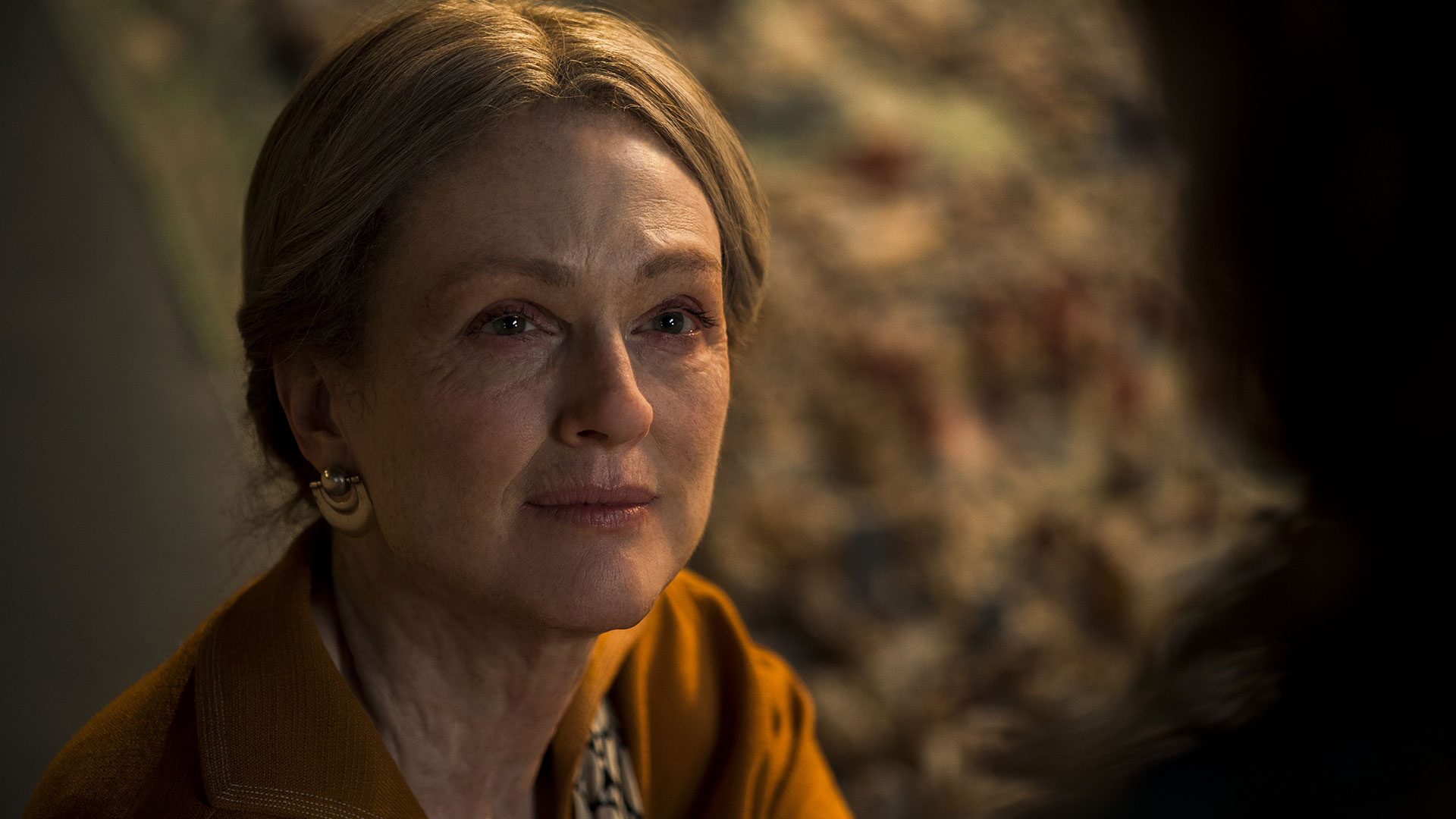Cannes Competition Entrant Required Some Extra Attention to Make Sure Editorial Had Color-Corrected Dailies
New York’s Harbor Picture Company recently finished dailies and post-production on Wonderstruck, the new film from director Todd Haynes starring Julianne Moore, which played in competition at the Cannes Film Festival earlier this month. Wonderstruck was just one of three films Harbor was working on in advance of Cannes deadlines, along with director Sofia Coppola’s The Beguiled and director John Cameron Mitchell’s out-of-competition How to Talk to Girls at Parties. But Wonderstruck presented the biggest workflow challenge, mainly because it was shot in and around New York City on 35mm film.
“The DP, Ed Lachman, was insistent on shooting 35mm, which is awesome,” Harbor Director of Sales and Workflow Design Molle DeBartolo told StudioDaily. “But they were shooting here in New York and, at the time, there were no labs on the East Coast of the U.S.” The problem, then, was how to generate dailies as quickly as possible.
To some degree, Harbor didn’t have a choice. It would have to work hand-in-hand with a full-service lab elsewhere — in this case, FotoKem in L.A. The original camera negative was black-bagged and shipped to FotoKem, which did a telecine transfer and returned Avid DNxHD media to Harbor via FotoKem’s GlobalData file-transfer platform. “We’d love to scan everything as DPX files, which is what we are going to color, but we set up a pipe and tested it and decided that DNxHD 175 would get us enough information to grade the dailies and get the editor something they could work with,” DeBartolo said.

Millicent Simmonds in Wonderstruck
Photo: Mary Cybulski; courtesy Amazon Studios and Roadside Attractions
Once the DNx files were back in New York, Harbor sync’d them and then Lachman and colorist Joe Gawler performed scene-by-scene color-correction to ensure the dailies were properly graded. “With film, that’s really important,” DeBartolo explained. “The DIT is not going to be able to make those color adjustments and set a CDL on set, because it’s shooting on film. The first time anybody touched this material from a color standpoint was during dailies. It was almost nerve-racking for the DP to take a step back to the way things used to be — you’re so used to going over to the DIT cart at lunch and starting to time your stuff. Film workflow changes that for sure.”
The cross-country journey delayed the whole process by about one day compared to a digital shoot, DeBartolo said, noting that the three-hour time difference worked in Harbor’s favor. “They would break and ship [the film] and get it to FotoKem by that evening, if they wrapped in time, or by the next morning,” she said. “FotoKem would do a morning bath for the footage, and then it would come back from FotoKem to us the next evening. So we got the footage at the same point [during the day] as a digital show, just a day later, and then it would go to editorial as soon as it was ready the next morning. But sometimes we would get stuff back in the middle of the day. It all depended on when the film hit the bath.”

Oakes Fegley and Jaden Michael in Wonderstruck
Photo: Mary Cybulski; courtesy Amazon Studios and Roadside Attractions
Once the footage went through editorial, scan lists were submitted to FotoKem, which did a final 4K scan using an ARRISCAN and returned that media to Harbor, which conformed the scans and then proceeded through the finishing process with an all-digital workflow. An HDR pass, demanded by the film’s distribution partner Amazon Studios, was also part of the equation.
Fortunately, Harbor expects the bicoastal workflow to become a thing of the past, now that Kodak is on the verge of opening its long-planned film lab in Queens, not far from Kaufman Astoria Studios and the Museum of the Moving Image. It hasn’t been officially announced, but lab veteran Tony Landano is said to be managing a soft opening of the new operation at 37-18 Northern Blvd. in Long Island City.
Harbor also handled the final sound mix for Wonderstruck, according to Founder and President Zak Tucker. “Harbor has the largest theatrical mix stage on the East Coast, so they came in to do their final mix on the Harbor Grand stage,” Tucker said.
Harbor Picture Company: harborpicturecompany.com
Crafts: Post/Finishing
Sections: Technology
Topics: 35mm dailies dnxhd ed lachman film labs film's not dead Fotokem harbor picture company shot on film
Did you enjoy this article? Sign up to receive the StudioDaily Fix eletter containing the latest stories, including news, videos, interviews, reviews and more.











Leave a Reply